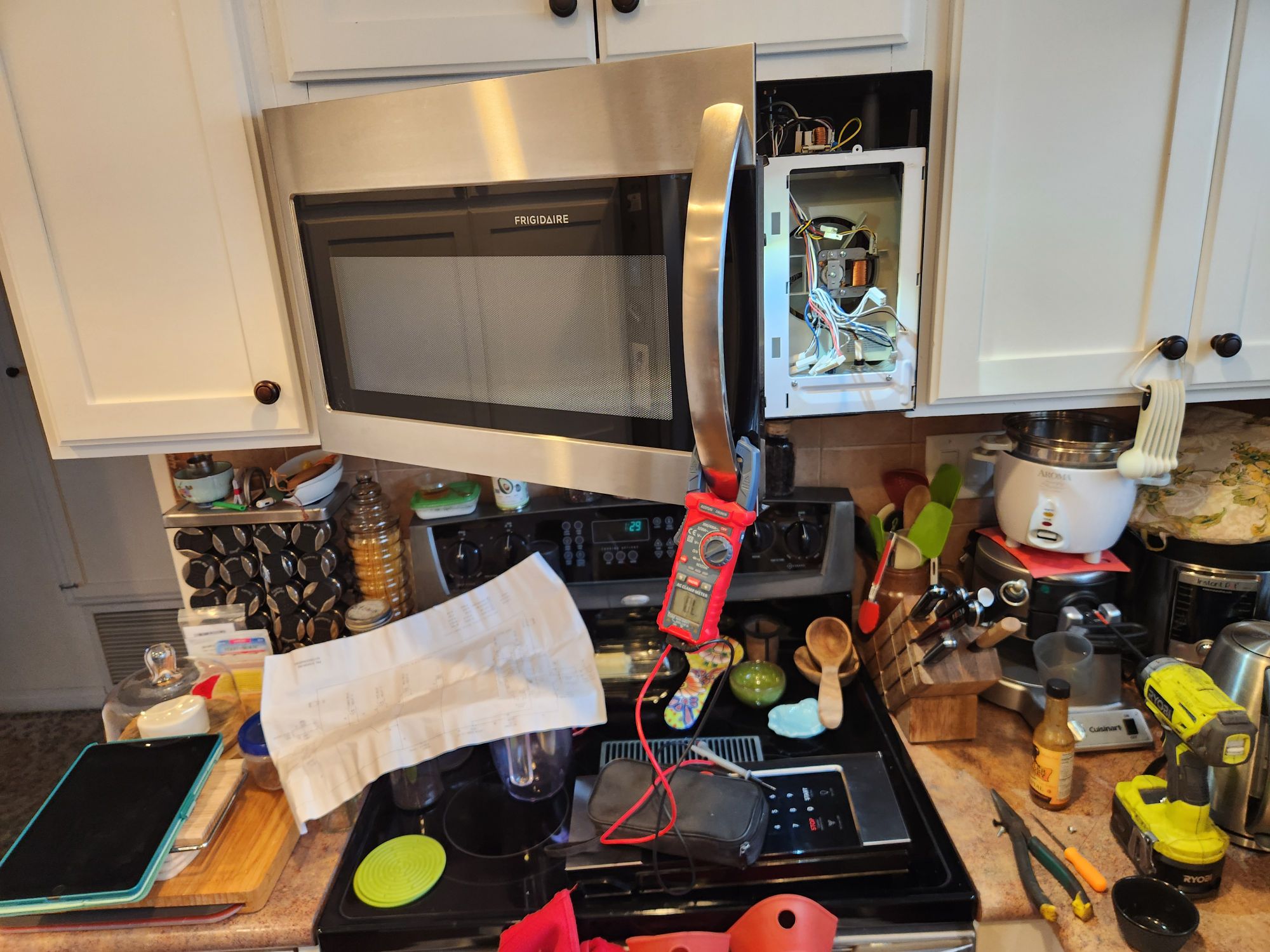Microwave ovens are essential kitchen appliances, offering quick and efficient heating for meals. However, many users overlook the importance of maintaining their microwave’s structural integrity. Over time, microcracks can develop in both the body and chamber, leading to serious consequences such as reduced performance, radiation leakage, and potential safety hazards.
Understanding the causes of these microcracks and implementing preventive measures can extend the lifespan of your microwave and ensure safe operation.
What Causes Microcracks in a Microwave?
- Frequent Temperature Changes
Microwaves endure constant exposure to heat and cooling cycles. When extreme temperature fluctuations occur—such as heating frozen foods at high power—the metal and plastic components expand and contract. Over time, this weakens the structure and leads to microcracks. - Improper Cleaning Techniques
Harsh cleaning products, abrasive sponges, and excessive moisture can degrade the microwave’s interior coating. Scrubbing too hard or using chemicals that react with the surface can accelerate the development of cracks. - Heavy Impacts
Dropping heavy objects onto the microwave, slamming the door too hard, or placing excessive weight on the appliance can create stress fractures in the body and chamber. - Using Non-Microwave-Safe Utensils
Metallic objects or utensils with hidden metal components can create sparks and localized heating, which can damage the interior lining of the microwave. - Moisture and Steam Accumulation
Steam from food can condense on the walls and penetrate weak spots in the chamber. If not wiped down properly, accumulated moisture can weaken the coating and contribute to cracking.
How to Prevent Microcracks in Your Microwave
1. Use Microwave-Safe Containers
Always use microwave-safe glass, ceramic, or plastic containers labeled for microwave use. Avoid metal or containers with metallic edges, as they can create arcing and damage the interior.
2. Clean the Microwave Properly
- Use mild dish soap and a soft cloth or sponge to clean the interior.
- Avoid abrasive scrubbers or harsh chemicals that can wear down the protective coating.
- Regularly wipe down the microwave after each use to prevent moisture buildup.
3. Avoid Sudden Temperature Shocks
- Defrost frozen food before microwaving at high power.
- Use lower heat settings when necessary to prevent rapid expansion and contraction of materials.
4. Handle the Door with Care
- Avoid slamming the door shut, as this can cause stress on the hinges and body.
- If the door doesn’t close properly, get it repaired immediately to prevent further structural damage.
5. Keep the Microwave Ventilated
- Ensure the microwave has enough airflow around it to prevent overheating.
- Clean the vents regularly to remove dust and grease buildup, which can lead to excessive internal heat.
6. Regularly Inspect for Signs of Damage
- Check the interior for early signs of microcracks or peeling coating.
- If you notice any damage, avoid using the microwave until it is professionally inspected and repaired.
7. Use a Microwave Cover
Covering food while heating helps reduce steam buildup inside the microwave, preventing moisture from penetrating the surface and weakening the coating.
When to Seek Professional Help
If you notice visible cracks, peeling, or discoloration inside your microwave, it’s time to consult a professional. Even small cracks can grow over time and lead to significant hazards, such as increased exposure to microwaves or electrical malfunctions.
At Home Appliance Service Center, our experienced technicians provide thorough inspections and expert repairs to keep your microwave in top condition. If you suspect any issues with your appliance, don’t wait—contact us today for reliable and professional service!
Contact us
 619-928-5000
619-928-5000  Request Service
Request Service 
